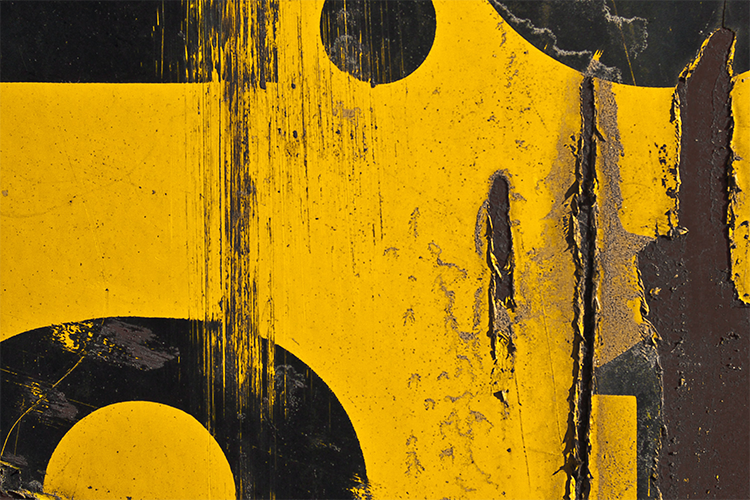Once when I was a kid, my father took me to a Memorial Day Parade in Manhattan. I had no idea why he decided to do so. I remember feeling uncomfortable during the parade and wondered if he was trying to tell me something.
He had been in the Navy during the Second World War but he never spoke much about it. I knew that he had been on a ship called a submarine chaser and that he had met my mother through his best friend in the Navy but that was about it. I never knew why he didn’t talk more about it and, probably stupidly, I never asked. Way too late for that now!
I’m reminded of this because of the saturation of the news broadcasts over the last few days with coverage of the “real” meaning of Memorial Day. It’s a bit like Christmas when the news reports and ads are filled with Santa’s and gaudy presents, as well as heart-warming scenes of smiling grandparents and grandkids. In May, we have scenes of cemeteries, small American flags stuck in the ground and big flyovers by the National Guard.
One specific news item got me going. The Morning Joe show on MSNBC interviewed Jon Hancock, the subject of the documentary film Bastards’ Road. The film followed Hancock as he walked more than five thousand miles across the country as a way of dealing with his PTSD. Of course, the host thanked him for his service. Hancock quietly responded that the “Thank you” line is the object of lots of biting humor among combat vets. They ask what parts of their service they’re being thanked for and they know that the people doing the thanking really don’t want to know anything about what went on.
Only a very small number of young Americans serve in the armed forces and a smaller number still has actually seen combat. Very few people other than those in combat have much of an idea of what it’s like—in large part, because the Pentagon learned from the war in Vietnam not to allow media coverage of actual battles. What’s maybe worse is that the Defense Department has invested an extraordinary amount of money and effort in keeping severely wounded soldiers alive. They have perfected emergency field procedures and the wounded are on their way to the Landstuhl Regional Medical Center in Germany in the blink of any eye. In wars as recent as the war against Vietnam, many of the severely wounded would have died. But now, they become wounded warriors.
When they come back from the wars, their lives are often never the same. Their bodies and minds have been damaged—often beyond recovery. They’re mostly left to themselves and their family members and to the care of the Veterans Administration. The VA has been the object of extensive criticism over the last period of time and much of the criticism may be well deserved but perhaps blaming the VA is a case of misplaced finger wagging.
The VA is the second largest health care system in the world after the National Health Service of the United Kingdom and there are hundreds of thousands of veterans who are alive only because of it. Debra Granick, the director of the remarkable Leave No Trace movie, has argued that the VA is the largest suicide prevention organization in the world. The extent of that challenge is made clear by the fact that more than 6,000 vets kill themselves each year.
Meanwhile all the rest of us are being brainwashed into believing that deaths and horrible injuries in faraway places are the harsh price that has to be paid to protect our freedom. Since we don’t really know very much of anything about the suffering on either side of the wars, we remember the defense of freedom as if it’s a song tune that we can’t get out of our heads.
Then, all we have to do is to say: “Thank you for your service” once or twice a year. If we stopped remembering just what they want us to remember about the costs of war, maybe we’d be able to demand that this country stop sending its young people off to war in the first place. And then they could say thank you to the rest of us.




Leave a Reply